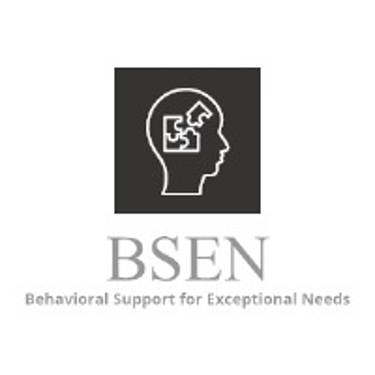Developing Dynamic Thinking in Individuals with Autism
Can you teach creativity?


Introduction
Autism Spectrum Disorder (ASD) is a neurodevelopmental disorder that affects an individual's social interaction, communication skills, and behavior. While individuals with autism may face challenges in certain areas including a lack of flexibility in thinking, following a strict and repetitive routine, it is essential to recognize their unique strengths and abilities. One area that can be nurtured and developed in individuals with autism is Dynamic thinking.
What is Dynamic Thinking?
Dynamic thinking refers to the ability to think flexibly, adapt to new situations, and problem-solve effectively. It involves being able to consider multiple perspectives, generate creative ideas, and make connections between different concepts. While a lot is said about this concept, you won't find many authors willing to share ideas to generate this type of social intelligence. Fortunately, latest researches in the field of ABA specially emphasize this area of development, and I would like to list a few of many techniques in this article which would encourage "creativity" and "Dynamic Thinking" in children.
A Few Techniques for Developing Dynamic Thinking
1. General Case Analysis
General Case Analysis is a technique used to help individuals with autism generalize skills and concepts across different settings and situations. It involves teaching individuals to identify common elements and patterns in various scenarios. By recognizing similarities and differences, individuals can apply their knowledge and skills to new situations.
2. Multiple Exemplar Training
Multiple Exemplar Training involves teaching individuals with autism using a variety of examples and stimuli. By exposing individuals to different instances of a skill or concept, they learn to apply it in various contexts. This technique promotes flexibility in thinking and helps individuals generalize their knowledge.
3. Cognitive Behavior Modification
Cognitive Behavior Modification focuses on identifying and modifying cognitive processes and patterns of thinking. Individuals with autism can be taught strategies to recognize and challenge rigid or negative thoughts, promoting more flexible thinking. This technique helps individuals develop problem-solving skills and adapt to new situations.
4. Relational Frame Theory
Relational Frame Theory is a psychological framework that explores how individuals understand and relate to different stimuli and concepts. By teaching individuals with autism to recognize and create relationships between words, ideas, and objects, they can develop more flexible thinking. This technique enhances their ability to make connections and think dynamically.
Conclusion
Developing dynamic thinking in individuals with autism is crucial for their overall cognitive and social development. Techniques such as General Case Analysis, Multiple Exemplar Training, Cognitive Behavior Modification, and Relational Frame Theory can be effective in nurturing flexible thinking skills. By providing individuals with autism with opportunities to explore different perspectives, generate creative ideas, and problem-solve, we can help them thrive and reach their full potential.
Children with autism are particularly vulnerable to experiencing different types of trauma and abuse. This can include physical, emotional, and sexual abuse, as well as neglect and bullying. It is important to be aware of the signs that may indicate trauma or abuse in children with autism, as they may struggle to communicate their experiences verbally. These signs can manifest in various ways, such as changes in behavior, mood, or sleep patterns, increased anxiety or aggression, withdrawal from social interactions, or regressive behavior. Implementing trauma-informed care is crucial in supporting these children, as it helps professionals and caregivers understand the impact of trauma on their development and behavior. By providing a safe and supportive environment, and utilizing strategies that promote healing and resilience, children with autism can receive the necessary care and support to overcome their traumatic experiences.
